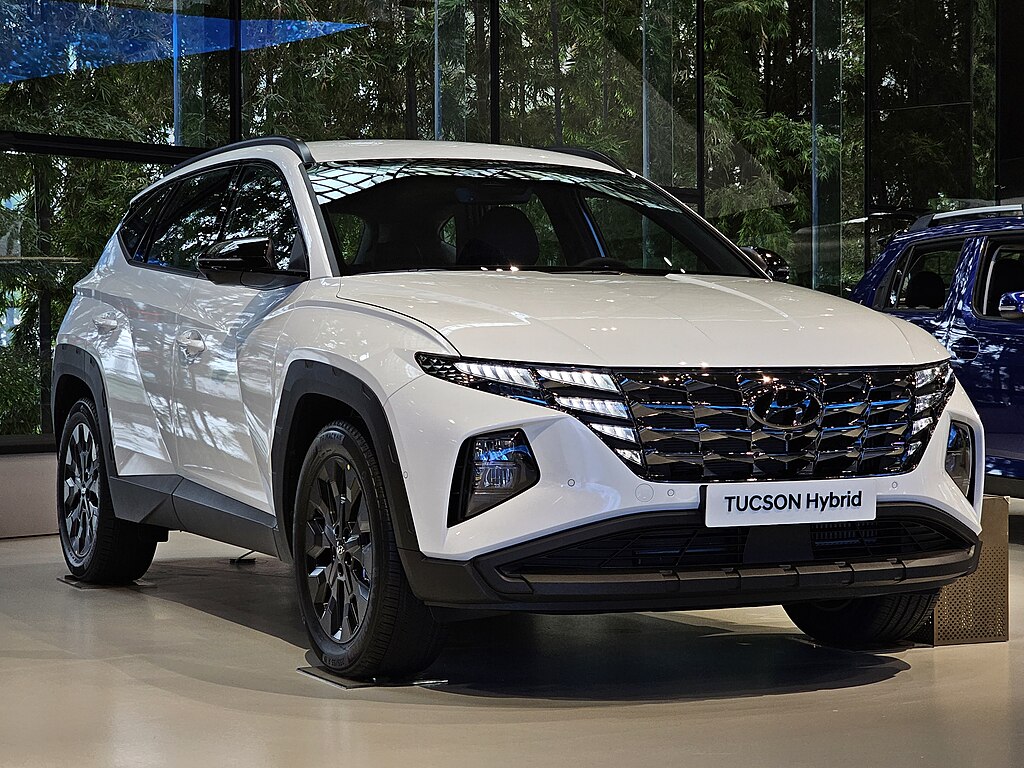Smart SUV Deals: Get the Best Value on Your Next SUV
Looking for a great SUV deal? Discover proven strategies to find the best pricing on compact and full-size SUVs, time your purchase, compare total ownership costs, and negotiate confidently. Learn where to look for incentives, financing tips, and how to choose the right SUV for your budget and needs.

Smart SUV Deals: Get the Best Value on Your Next SUV
How to uncover the best SUV deals near you
Finding standout SUV offers takes a mix of persistent research and smart timing. Start by browsing local dealership sites and national car marketplaces to compare inventory and advertised specials. Dealerships often run limited-time promotions and seasonal sales that can shave thousands off a vehicle’s price. Subscribe to manufacturer and dealer email lists so you’re alerted to incentives, rebates, and clearance events as soon as they’re announced. Don’t forget to scan certified pre-owned inventories and franchise used-vehicle listings for late-model options that can deliver strong value.
Also check manufacturer incentive pages and aggregated deal trackers; these can reveal cash rebates, low-rate financing, or lease specials tied to specific trims. By keeping multiple channels open and checking frequently, you boost your odds of spotting a genuinely compelling SUV deal in your area.
What to weigh when comparing SUV offers
Sticker price is only one piece of the puzzle. When evaluating deals, calculate the total cost of ownership: expected fuel costs, typical insurance premiums for the model, routine maintenance, and likely repair expenses. Compare included equipment and tech packages—features like advanced safety suites, driver assists, and infotainment options can raise the vehicle’s real-world value.
Pay careful attention to financing details. A low monthly payment can be tempting, but long-term loan terms or hidden fees may increase the total you pay. Look for low APRs, cash-back offers, and incentives that apply to the overall purchase price. Brand reputation and model reliability will also influence resale value and long-term satisfaction, so factor in consumer reviews and reliability ratings when deciding between deals.
Best seasons and moments to buy an SUV
Timing matters. Late in the year—November and December—dealers commonly discount outgoing model-year SUVs to make room for new inventory, making it a prime window for bargains. Other predictable opportunities include holiday sales like Memorial Day and Labor Day, when dealers advertise aggressive pricing.
Monthly rhythms matter too: the final days of a month can be an effective time to negotiate because sales staff may be working to hit quotas. Model-specific availability and your local market supply can shift the ideal timing, so if you have a particular SUV in mind, track its inventory levels and price history for several weeks before committing.
Negotiation tactics that protect your wallet
Enter negotiations informed. Use resources such as Kelley Blue Book and NADA Guides to determine fair market value for the exact trim and options you want. Negotiate the total purchase price first rather than focusing on monthly payments—this prevents hidden costs and term inflation.
Be willing to walk away; readiness to leave the deal often yields better offers. Ask whether additional perks can be bundled—extended warranties, free scheduled maintenance, or accessory packages can add tangible value without significantly cutting price. If you’re trading a vehicle, negotiate that value separately from the new-car price to keep each piece transparent.
Compact SUVs vs. larger models: deal comparisons
Compact SUVs are frequently priced lower and can come with stronger incentives than larger models, thanks to high consumer demand and production volumes. They typically deliver better fuel economy and lower annual operating expenses, making them attractive on a tight budget.
Full-size and midsize SUVs offer advantages that can justify higher costs: more passenger and cargo space, higher towing capacity, and often more robust powertrains and luxury features. If you need third-row seating, significant hauling capability, or premium comfort, a larger SUV might be the better long-term investment despite a higher purchase price and fuel costs.
When deciding, weigh the trade-offs between purchase price, fuel economy, intended use (family hauling, towing, city driving), and potential incentives for each class.
| SUV Model | Class | Starting MSRP | Avg. Fuel Economy | Key Features |
|---|---|---|---|---|
| Honda CR-V | Compact | $26,800 | 30 mpg combined | Honda Sensing, Turbocharged Engine |
| Toyota RAV4 | Compact | $26,975 | 30 mpg combined | Toyota Safety Sense 2.0, Available Hybrid |
| Ford Explorer | Midsize | $33,745 | 24 mpg combined | 3rd Row Seating, SYNC 3 Infotainment |
| Chevrolet Tahoe | Full-size | $49,700 | 18 mpg combined | Spacious Interior, Max Towing 8,400 lbs |
Prices, rates, or cost estimates mentioned in this article are based on the latest available information but may change over time. Independent research is advised before making financial decisions.
Final checklist to maximize savings
- Research market prices and incentives across multiple sites and local dealers.
- Calculate total ownership costs (fuel, insurance, maintenance) before comparing sticker prices.
- Time your purchase for end-of-month, holiday sales, or year-end clearance events.
- Focus negotiations on the vehicle’s out-the-door price, not just monthly payments.
- Use trade-ins and financing offers as separate negotiation elements to keep the math transparent.
- Ask about added value—warranties, maintenance plans, or accessories—if the dealer won’t budge on price.
Taking a methodical approach—combining careful research, timing awareness, and confident negotiation—will increase your chances of driving home an SUV that fits both your needs and your budget. Whether you prioritize fuel efficiency and agility in a compact model or space and capability in a larger SUV, informed shopping is the fastest route to a deal you can be happy with.





